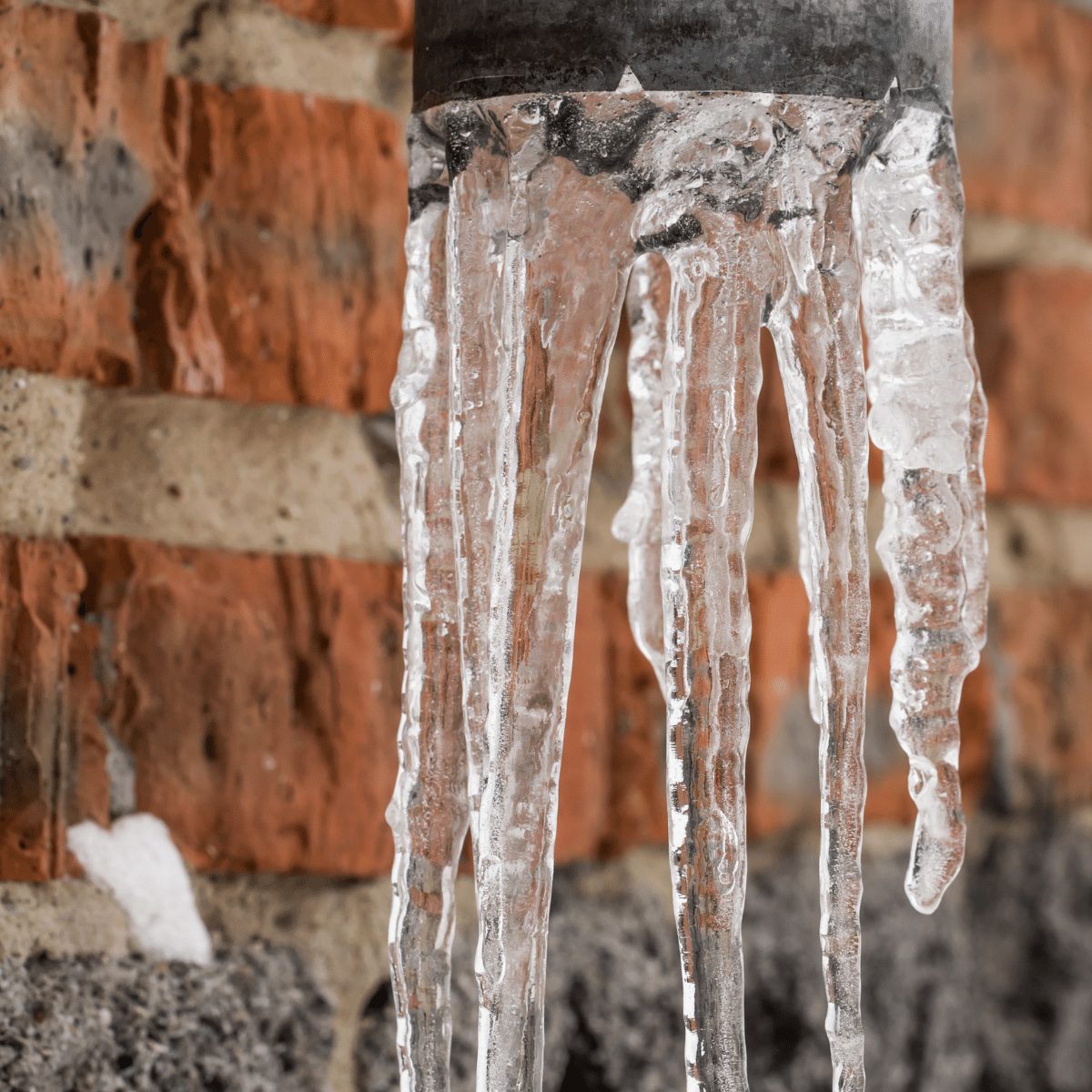Avoid Frozen Pipes in Winter: Professional Strategies
Avoid Frozen Pipes in Winter: Professional Strategies
Blog Article
Just how do you actually feel with regards to Prevent Frozen Pipes ?

Cold weather can wreak havoc on your plumbing, specifically by freezing pipes. Here's just how to prevent it from happening and what to do if it does.
Intro
As temperature levels drop, the danger of frozen pipelines boosts, potentially bring about costly repair services and water damage. Recognizing how to stop icy pipelines is critical for homeowners in chilly climates.
Prevention Tips
Insulating at risk pipelines
Cover pipelines in insulation sleeves or use warm tape to shield them from freezing temperatures. Concentrate on pipelines in unheated or outside locations of the home.
Heating techniques
Keep interior areas adequately heated, specifically locations with plumbing. Open cabinet doors to enable cozy air to flow around pipelines under sinks.
How to recognize frozen pipelines
Search for reduced water circulation from faucets, unusual odors or noises from pipelines, and visible frost on subjected pipelines.
Long-Term Solutions
Architectural changes
Think about rerouting pipelines away from exterior wall surfaces or unheated locations. Add additional insulation to attics, cellars, and crawl spaces.
Updating insulation
Buy top notch insulation for pipes, attic rooms, and walls. Correct insulation helps preserve regular temperatures and decreases the risk of icy pipelines.
Securing Outdoor Plumbing
Garden hoses and outdoor faucets
Detach and drain garden pipes before winter. Mount frost-proof spigots or cover outside faucets with shielded caps.
Understanding Icy Pipes
What creates pipes to ice up?
Pipes ice up when revealed to temperatures listed below 32 ° F (0 ° C) for extended durations. As water inside the pipes freezes, it increases, putting pressure on the pipeline wall surfaces and potentially causing them to rupture.
Dangers and damages
Icy pipelines can bring about water system disruptions, property damage, and costly repairs. Burst pipes can flooding homes and create substantial architectural damage.
Signs of Frozen Pipes
Recognizing icy pipes early can prevent them from breaking.
What to Do If Your Pipelines Freeze
Immediate actions to take
If you think icy pipelines, keep faucets open to soothe pressure as the ice thaws. Utilize a hairdryer or towels taken in hot water to thaw pipelines slowly.
Verdict
Protecting against frozen pipes needs proactive measures and fast actions. By comprehending the causes, indications, and preventive measures, home owners can secure their pipes during winter.
6 Proven Ways to Prevent Frozen Pipes and Protect Your Home
Disconnect and Drain Garden Hoses
Before winter arrives, start by disconnecting your garden hoses and draining any remaining water. Close the shut-off valves that supply outdoor hose bibs and leave the outdoor faucet open to allow any residual water to drain. For extra protection, consider using faucet covers throughout the colder months. It’s also important to drain water from any sprinkler supply lines following the manufacturer’s directions.
Insulate Exposed Pipes
Insulating your pipes is an effective way to prevent freezing. Pipe insulation is readily available at home improvement stores and is relatively inexpensive. Pay close attention to pipes in unheated areas such as the attic, basement, crawl spaces, or garage. Apply foam insulation generously to create a buffer against the cold. You can also wrap your pipes in heat tape or thermostat-controlled heat cables for added warmth.
Seal Air Leaks
Inspect your home for any cracks or openings that could let in cold air. Seal any holes around the piping in interior or exterior walls, as well as the sill plates where your home rests on its foundation. Additionally, make sure to keep your garage door closed unless you’re entering or exiting. Leaving it open creates a significant air leak that can lead to frozen pipes.
Allow Warm Air Circulation
During cold snaps, it’s essential to allow warm air to circulate evenly throughout your home. Leave interior doors ajar to promote better airflow. Open kitchen and bathroom cabinets to help distribute heat consistently around the rooms. If you have small children or pets, be sure to remove any household chemicals or potentially harmful cleaners from open cabinets for safety.
Let Faucets Drip
A small trickle of water can make a big difference in preventing ice formation inside your pipes. When temperatures drop significantly, start a drip of water from all faucets served by exposed pipes. This continuous flow helps prevent the water from freezing. Additionally, running a few faucets slightly can relieve pressure inside the pipes, reducing the chances of a rupture if the water inside does freeze.
https://choateshvac.com/6-proven-ways-to-prevent-frozen-pipes-and-protect-your-home/

Do you appreciate more info about 6 Ways to Prevent Frozen Pipes? Create a remark below. We'd be pleased to hear your suggestions about this blog entry. Hoping that you come back again soon. Appreciated our blog? Please quickly share it. Let others locate it. I truly appreciate your readership.
Maintenance Sign-Up Report this page